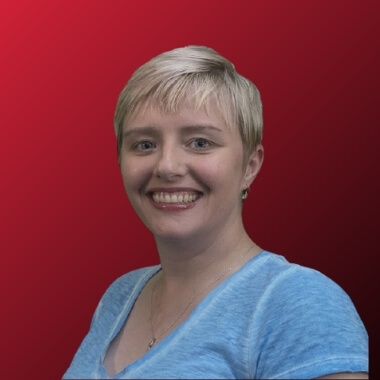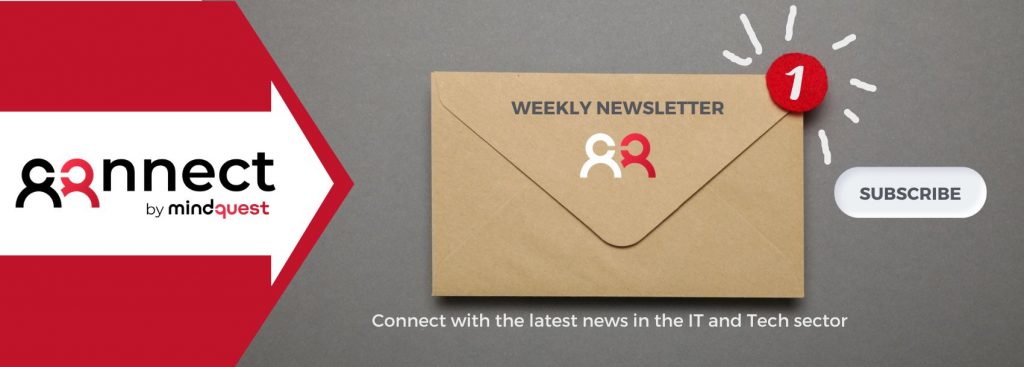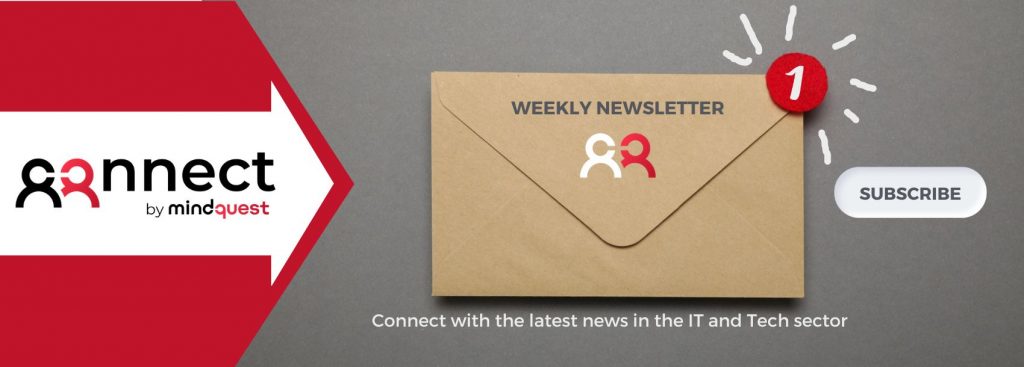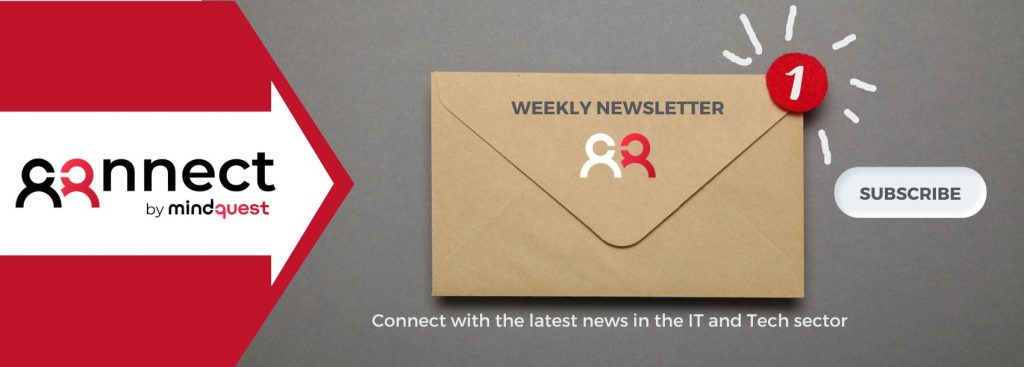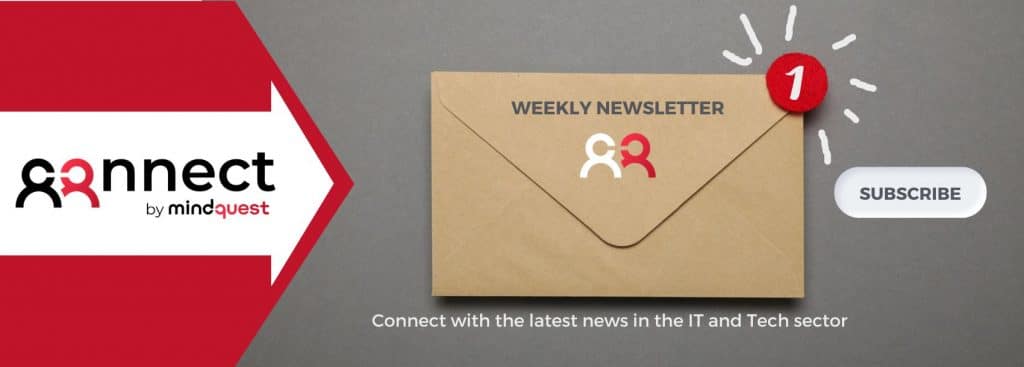Use our template to create a compelling and comprehensive Cloud Integrator job description to attract top talent.
In the fast-paced realm of IT, the role of a Cloud Integrator is increasingly vital for companies embracing the cloud revolution. Let’s explore the responsibilities, qualifications, job outlook, and salary insights of this pivotal position.
Find your next assignment on our freelance and permanent IT recruitment platform, or join Mindquest so you don’t miss out on any job opportunity!

What is Cloud Integration?
Before delving into the intricacies of the Cloud Integrator role, it’s essential to grasp the concept of cloud integration. Cloud integration refers to the process of connecting different cloud-based applications, data, and services within an organization’s IT infrastructure. This integration facilitates seamless communication and data exchange between various cloud platforms and on-premises systems, optimizing efficiency and productivity.
Also read our article about IT Infrastructure: components, job profiles, and best practices
Why Use Cloud Integration?
Cloud integration solutions have emerged to address critical business needs, aiming to dismantle data silos, enhance connectivity, and optimize overall business processes. These solutions serve as a response to the imperative of sharing data among various cloud-based applications and unifying information components seamlessly.
The rising popularity of cloud integration parallels the widespread adoption of Software as a Service (SaaS) solutions. Surveys indicate that over 90 percent of enterprises now embrace a multi-cloud strategy. For example, SaaS usage is projected to surpass traditional product delivery methods.
Moreover, the prevalence of hybrid environments, combining both SaaS and on-premises applications, underscores the growing demand for advanced cloud data integration techniques. As businesses navigate this hybrid landscape, the necessity for robust cloud integration solutions becomes increasingly evident, facilitating smooth operations and enabling organizations to leverage the full potential of their data resources.
Also read our Cloud Architect Job Description
Cloud Integrator Job Description: Responsibilities
What does a cloud integrator do?
Firstly, Cloud Integrators lead the charge in seamlessly migrating company networks and IT assets into cloud environments. Their responsibilities also extend beyond migration to enhancing accessibility, backup, and connectivity.
Migration and Integration: Cloud Integrators lead the charge in migrating company networks and IT assets into cloud environments, enhancing accessibility, backup, and connectivity.
Technology Implementation: They also implement cutting-edge cloud technologies like Amazon Web Services (AWS), public cloud, or hybrid cloud, seamlessly integrating them into existing IT and network processes.
Testing and Deployment: From virtualized environments to live deployments, Cloud Integrators ensure the smooth transition of cloud integration projects, rigorously testing for performance and reliability.
Innovation: Designing tailored cloud-based solutions for telecom providers, Cloud Integrators drive technological innovation in the industry.
Troubleshooting: Armed with expertise in the latest 5G and cloud-based telecom technologies, they also troubleshoot and resolve complex issues, ensuring seamless operations.
Also discover the 3 cloud specialists companies will chase
Qualifications & Skills Required
To excel in this multifaceted role, Cloud Integrators must possess a solid educational background in computing, computer science, or programming. Equally important is hands-on experience, typically three to five years, with cloud infrastructures in real-world settings. Educational Background: A bachelor’s degree in computing, computer science, or programming lays the groundwork for aspiring Cloud Integrators.
Experience: Typically, three to five years of hands-on experience with cloud infrastructures in real-world settings is preferred.
Technical Proficiency: Mastery in networking, data center management, CEE, SDN, and virtualization layer is essential. Proficiency in programming languages such as Java, Python, Bash, JavaScript, and PowerShell is advantageous.
Language Proficiency: Fluency in the primary language spoken in the target destination may be required for international opportunities.
Job Outlook: Traditional Employment vs. Freelancing
Traditionally, telecom companies employed Cloud Integrators on a full-time basis. However, the landscape is evolving, with freelance opportunities gaining prominence. Freelance Cloud Integrators enjoy greater flexibility in work hours and client selection.
While telecom companies traditionally hired Cloud Integrators on a full-time basis, the trend is shifting towards freelance roles, offering professionals greater flexibility in work hours and client selection.
Salary Insights
How much does a Cloud Engineer make?
Average Salary: In full-time employment, Cloud Integrators earn an average of €70,000/ €80,000 per year..
Experience Matters: Experienced Cloud Integrators command higher salaries, with up to a 34% increase above the average.
Freelance Opportunities: Freelance Cloud Integrators can earn significantly higher hourly rates compared to their full-time counterparts.
Are you looking for IT mission opportunities in the Tech and IT sectors on a freelance or permanent basis? Mindquest can help you find your next IT mission opportunity. Find your next mission by browsing our freelance and permanent vacancies available on our digital recruitment platform.


